usb hub data transfer guide
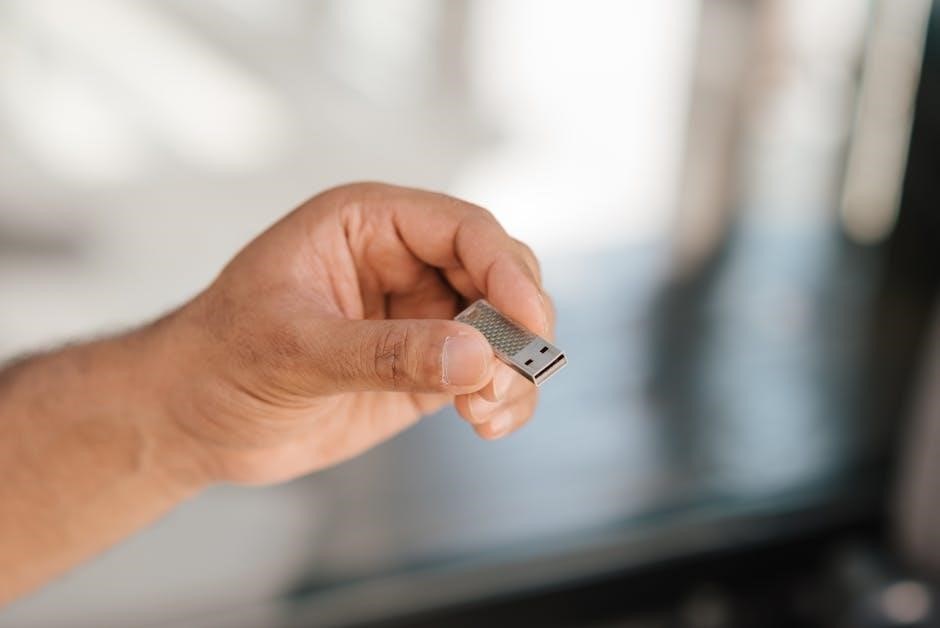
A USB hub expands a single port into multiple, enabling efficient data transfer between devices. It enhances productivity by allowing simultaneous connections and reliable data management.
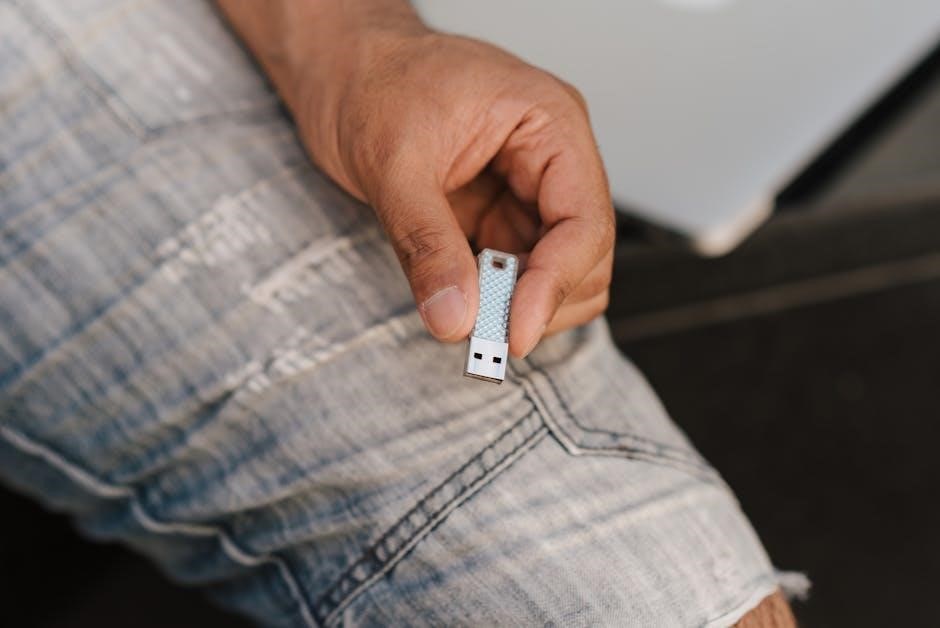
What is a USB Hub?
A USB hub is a device that expands a single USB port into multiple ports, enabling users to connect several USB devices to a computer simultaneously. It acts as a central connection point, allowing devices like flash drives, printers, and peripherals to communicate with the host system. USB hubs can be powered or non-powered, with powered hubs providing additional power to connected devices. They are essential for enhancing productivity and organizing cable management while supporting efficient data transfer and device connectivity.
How Data Transfer Works Through USB Hubs
USB hubs facilitate data transfer by allowing multiple devices to share a single USB port. When a device is connected to a hub, the hub manages data streams between the device and the host computer. Data is transmitted through shared bandwidth, with the hub acting as an intermediary. The hub ensures that data packets are correctly routed, enabling efficient communication. This setup supports simultaneous data transfer from multiple devices, though bandwidth is divided among connected devices, which can impact overall performance depending on usage demands.
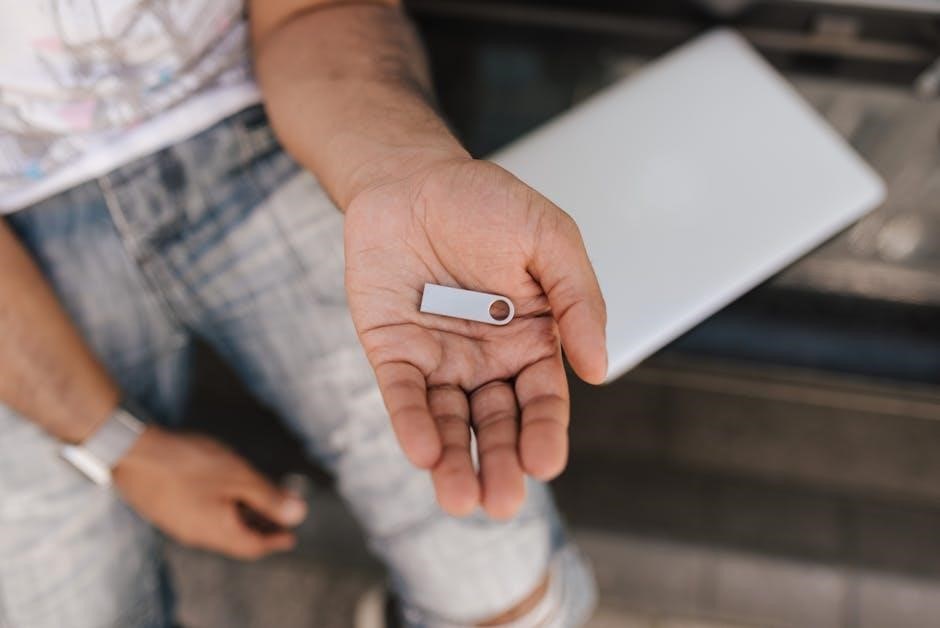
Key Considerations for Choosing a USB Hub
When choosing a USB hub, consider USB versions for data transfer speeds, the number of ports, and whether it’s powered to support multiple high-power devices and prevent data loss efficiently.
USB Versions and Data Transfer Speeds
USB versions significantly impact data transfer speeds. USB 2.0 offers up to 480 Mbps, suitable for basic devices, while USB 3.0 reaches 5 Gbps, ideal for faster transfers. USB 3.1/3.2 doubles this to 10 Gbps, catering to high-speed needs. Higher versions are backward compatible, ensuring versatility. Choosing the right USB version balances performance and compatibility, optimizing data transfer efficiency for your devices.
Number of Ports and Device Connectivity
The number of ports on a USB hub directly affects device connectivity. Hubs typically offer between 4 to 10 ports, allowing users to connect multiple devices simultaneously. More ports mean less need to frequently unplug and replug devices, enhancing workflow efficiency. However, increased connectivity can lead to shared bandwidth, potentially slowing data transfer speeds. Choosing a hub with the right number of ports ensures seamless connectivity without compromising performance for your specific needs.
Powered vs. Non-Powered Hubs
Choosing between powered and non-powered USB hubs depends on your needs. Non-powered hubs rely on the host device for power, which can limit the number of high-power devices you can connect. Powered hubs, on the other hand, have a separate power source, ensuring consistent power delivery to all connected devices. This makes powered hubs ideal for connecting multiple high-power devices like external drives or printers. Non-powered hubs are better suited for basic peripherals like keyboards or mice, offering a cost-effective and portable solution without the need for an external power supply.
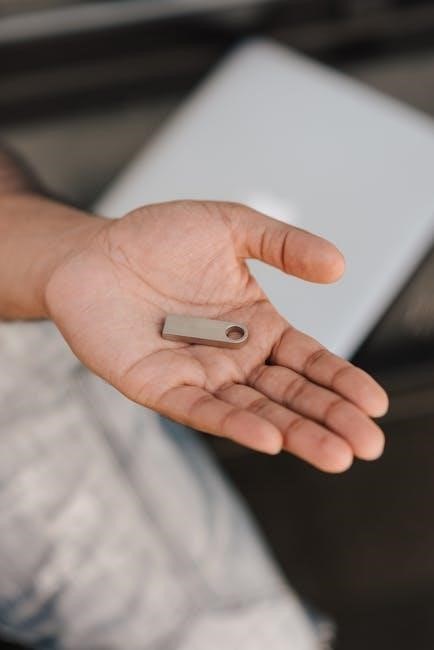
Data Transfer Speeds and Performance
USB hubs significantly improve data transfer efficiency, with USB 3.1 offering speeds up to 10Gbps, doubling USB 3.0 capabilities. Multi-TT hubs enhance performance by managing concurrent transfers effectively.
USB 2.0 vs. USB 3.0 vs. USB 3.1/3.2
USB 2.0 offers a maximum data transfer rate of 480 Mbps, suitable for low-power devices. USB 3.0 significantly enhances speeds to 5Gbps, while USB 3.1/3.2 doubles this to 10Gbps, providing faster data transfer and efficient power delivery. USB 3.1/3.2 hubs are backward compatible but offer superior performance for high-speed applications and large file transfers, making them ideal for modern computing needs and multitasking environments.
Bandwidth Sharing and Its Impact on Speed
USB hubs share bandwidth among connected devices, reducing individual transfer speeds as more devices are added. Performance decreases with each additional device, slowing data rates. To maintain speed, limit high-speed devices or use Multi-TT hubs for better throughput. Bandwidth sharing is a common challenge, especially in non-powered hubs, where power constraints exacerbate slowdowns. Managing device connectivity is crucial for maintaining desired speeds and overall system efficiency.
Multi-TT Hubs for Improved Throughput
Multi-TT (Transaction Translator) hubs enhance data throughput by managing multiple transactions simultaneously. Unlike single-TT hubs, they allocate bandwidth more efficiently, reducing bottlenecks. This technology allows faster data transfer rates, especially when multiple devices are connected. Multi-TT hubs are ideal for users needing high-speed data transfers, supporting efficient multitasking and improved performance across connected devices.
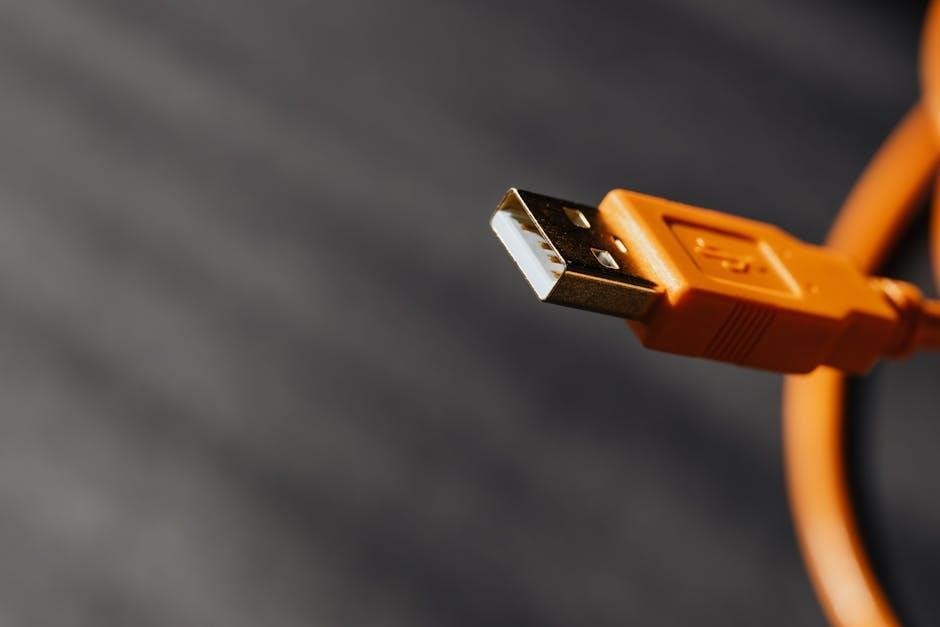
Types of USB Hubs
USB hubs come in various types, including standard, powered, and multi-TT hubs, each designed to meet specific connectivity and performance needs for efficient data transfer.
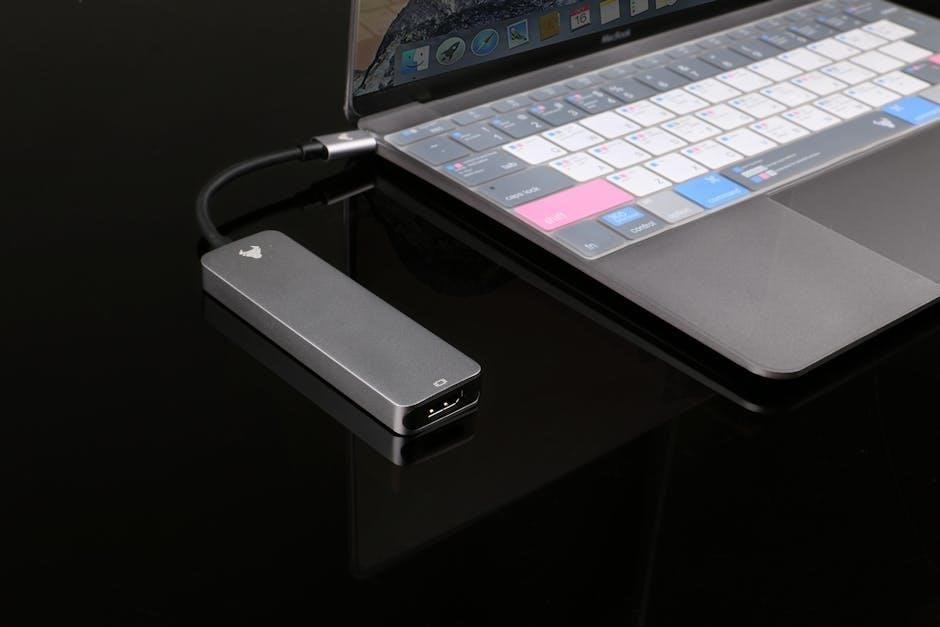
Standard Hubs

Standard USB hubs are basic, non-powered devices that expand a single USB port into multiple ports. They are ideal for connecting low-power devices such as keyboards, mice, and flash drives. These hubs rely on the host computer for power and typically support older USB versions like USB 2.0. While they are cost-effective and portable, they may lack the advanced features of powered hubs, such as higher data transfer speeds and support for power-hungry peripherals. They are simple plug-and-play solutions for everyday use.
Powered Hubs
Powered USB hubs are equipped with their own power source, typically via an AC adapter, enabling them to support high-power devices like external hard drives. They reduce strain on the host computer’s power supply, ensuring stable performance for connected peripherals. These hubs often feature faster data transfer speeds and are ideal for environments requiring simultaneous connections of multiple high-power devices. Powered hubs are more reliable for demanding tasks, offering consistent power delivery and minimizing the risk of data transfer interruptions.

Tips for Optimizing Data Transfer
To enhance data transfer, use high-quality cables, minimize device connections, and regularly update drivers for optimal performance and reduced latency.
Using High-Quality Cables
High-quality cables ensure reliable data transfer and minimize signal loss. Opt for cables with robust materials and proper shielding to reduce interference. Backward compatibility allows older cables to work with newer ports, but performance may be limited. For instance, a USB 2.0 cable in a USB 3.0 hub will operate at slower speeds. Always choose cables that match your hub’s specifications to maximize data transfer efficiency and ensure consistent power delivery for connected devices.
Reducing Device Congestion
Connecting too many devices to a USB hub can slow down data transfer speeds due to shared bandwidth. To optimize performance, limit the number of high-bandwidth devices connected simultaneously. Prioritize devices requiring faster speeds, such as external drives, and reserve other ports for low-data peripherals like keyboards or mice. This approach ensures efficient data transfer and prevents congestion, maintaining reliable connectivity and performance across all connected devices. Proper device management enhances overall productivity and user experience.
Updating USB Drivers
Outdated or corrupted USB drivers can significantly hinder data transfer performance. Regularly updating drivers ensures compatibility with the latest USB standards and improves device communication. To update, use the manufacturer’s official website or built-in system tools like Device Manager. This helps resolve connectivity issues, enhances speed, and supports advanced features like USB 3.x backward compatibility. Keeping drivers up-to-date is essential for optimal data transfer efficiency and troubleshooting common USB-related problems, ensuring a seamless user experience across all connected devices.

Troubleshooting Common Issues
Troubleshooting USB hub issues often involves identifying connectivity problems, addressing power shortages, or resolving driver conflicts. Restarting devices and checking cable connections can quickly resolve many issues.
Slow Data Transfer Speeds
Slow data transfer speeds with USB hubs often result from shared bandwidth among connected devices. Higher USB versions like 3.0 or 3.1 offer faster transfer rates. Using a USB 3.x hub ensures better performance. Poor-quality cables can also slow down transfers, so opting for high-quality cables is crucial. Additionally, reducing the number of connected devices can help minimize bandwidth congestion and improve overall speed.
Device Connectivity Problems
Connectivity issues with USB hubs can stem from faulty hubs, damaged cables, or outdated drivers. Ensure devices are properly connected and hubs are powered. Check for dust or debris in ports, as this can disrupt connections. Additionally, verify that USB drivers are up-to-date, as outdated drivers may cause recognition problems. If issues persist, test devices on another hub or port to isolate the problem. Addressing these factors can help restore reliable connectivity and ensure smooth data transfer functionality.
Power-Related Issues
Power-related issues with USB hubs often arise when devices require more power than the hub can supply. Non-powered hubs rely on the host device’s power, which may be insufficient for multiple high-power devices. This can cause slow data transfer speeds or devices not being recognized. Using a powered hub with an external power source can resolve this by providing adequate power to all connected devices. Ensure the hub’s power adapter matches the required voltage and current specifications to avoid overheating or performance degradation.